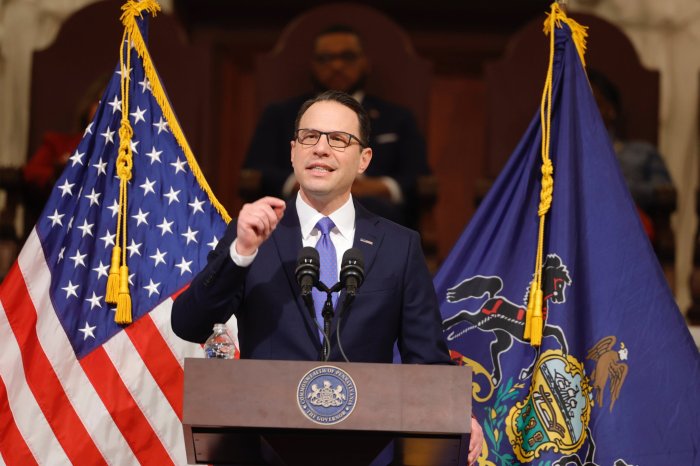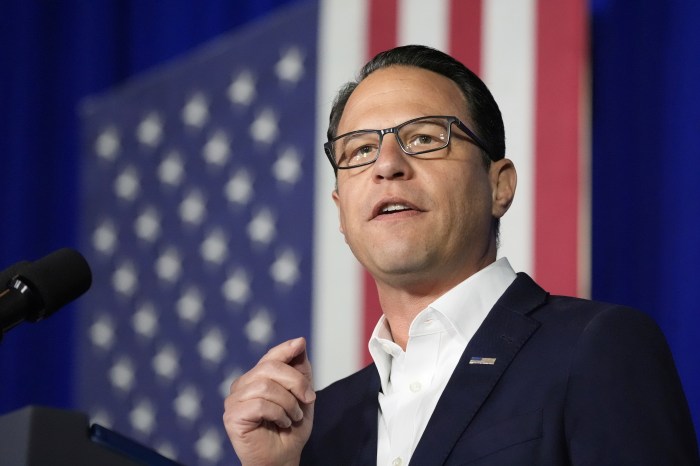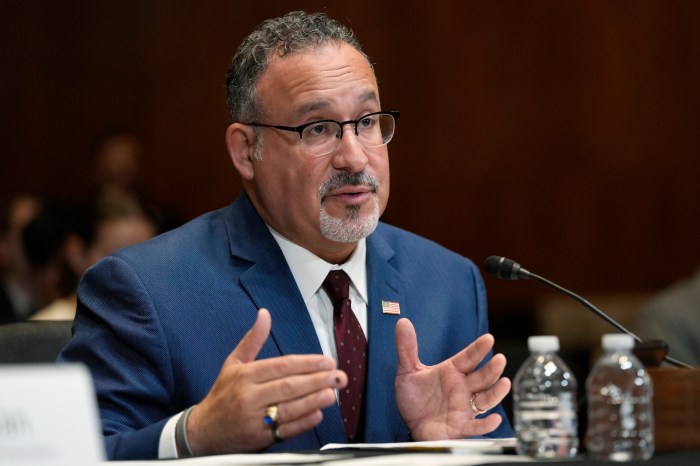During the pandemic, college enrollment has decreased, as have financial aid applications for students with greater financial need. This drop in enrollment should serve as an alarm that those who could benefit the most are missing out on the first rung on the ladder to the middle class: higher education. The proposed doubling of the Pell Grant, now before Congress in the proposed Pell Grant Preservation and Expansion Act, is necessary to fulfill the original intention of the grant and give students a better chance to graduate.
Neither my mother (who was first-generation American) nor my father (who emigrated from Italy), attended high school. As a first-generation college graduate who could not have attended college without Pell Grants, addressing the impediments to education among underserved populations is of paramount importance to me—especially in Philadelphia.
The Pell Grant was created in 1972 to provide grants based on student need directly to students who are economically challenged. These funds help with expenses at the institution of the student’s choice—including community colleges, trade and technical schools and two- and four-year universities. Nearly 7 million students are currently receiving a Pell for their higher education. With bipartisan support over its 50-year history, the Pell is one of the best methods for supporting students with fewer means who want to pursue any kind of higher education. But grants have not kept up with increases in college costs, currently covering less than a third of college expenses.
Tuition is just one hurdle. In addition to the financial cost of obtaining an education, there is an opportunity cost that comes with being able to earn money while attending classes. Doubling the Pell Grant helps to lower that cost and reduce student loans. By covering the cost of attendance, and not just tuition, the grants help with basic needs such as food, housing, health care and childcare.
As the story goes, a college graduate will make $1 million more in lifetime earnings than a high school graduate—generational wealth that will improve the lives of future generations and lift the community in general. The reality belies a troubling trend that demands not only doubling the Pell to bring the program’s aim into the 21st century, but also measures to reduce inequities. In 2015, the Social Security Administration noted:
Men with bachelor’s degrees earn approximately $900,000 more in median lifetime earnings than high school graduates. Women with bachelor’s degrees earn $630,000 more. Men with graduate degrees earn $1.5 million more in median lifetime earnings than high school graduates. Women with graduate degrees earn $1.1 million more.
As a university president and economist, I have been particularly concerned at how the pandemic has exacerbated these gaps in wages, affecting women at a significantly higher rate than their male counterparts, often due to a lack of childcare, especially during the first year of the pandemic. Research has shown that when women attend college, overall family wellbeing improves and enhances the community. These discrepancies must be addressed from every angle so that all students can succeed.
According to the U.S. Bureau of Labor Statistics (BLS) Current Population Survey (2020), “… workers with a bachelor’s degree had median weekly earnings of $1,305 in 2020, compared with $781 for workers with a high school diploma. And the unemployment rate for bachelor’s-level workers was 5.5 percent, compared with 9.0 percent for those whose highest level of education was a high school diploma.”
Those opposing Double Pell present a valid criticism that without accompanying oversight, students may not receive the benefit of a lower debt burden as universities may seek to apply Pell dollars to offset operational costs. That is not the outcome any of us in higher education should advocate for. Instead, Double Pell should pass as a measure designed to reduce debt for students with financial need while being implemented with a measure of accountability. Just as federal dollars from CARES and HEERF arrived with strict stipulations, so too should the passage of additional Pell funding.
Doubling the Pell Grant will ensure that students with greater financial need have a chance to advance their prospects. It is the responsibility of higher education to find innovative ways to provide access to the highest quality education for students at the most affordable costs. There is work to be done in higher education and at the level of the federal government. Doubling the Pell Grant would be a strong step in fulfilling that responsibility.
Dr. Anne Prisco is the president of Holy Family University. Prior to joining Holy Family University, Prisco served as president of Felician University, vice president at Loyola Marymount University, a faculty member at St. John’s University and a policy researcher at New York University.
































